₵45.00 Original price was: ₵45.00.₵34.00Current price is: ₵34.00.
10 in stock
The MQ6 Gas Sensor is specifically designed for detecting liquefied petroleum gas (LPG), but it can also detect propane and other combustible gases. It is commonly used in gas leak detection systems, industrial safety devices, and home automation projects.
Categories: sensors
Description
The MQ8 Gas Sensor is designed to detect hydrogen gas (H₂), making it suitable for applications such as hydrogen leak detection, fuel cell monitoring, and industrial safety systems. It is known for its sensitivity and reliability in detecting hydrogen at low concentrations.
Key Features
- High sensitivity to hydrogen gas (H₂).
- Analog and digital output options for easy interfacing.
- Adjustable sensitivity via a built-in potentiometer.
- Low cost and compact size.
Specifications
- Operating Voltage: 5V DC
- Operating Current: ~150 mA
- Detectable Gas: Hydrogen (H₂)
- Output Types:
- Analog Output (AO): Proportional to gas concentration.
- Digital Output (DO): HIGH/LOW signal based on the threshold set by the potentiometer.
- Detection Range: 100 ppm to 10,000 ppm.
- Preheat Time: ~20 seconds for stable operation.
- Operating Temperature: -20°C to 50°C.
Pinout
- VCC: Power supply (5V)
- GND: Ground
- DO: Digital output
- AO: Analog output
Working Principle
The MQ8 sensor uses a SnO₂ (tin dioxide) sensing layer. In clean air, the sensor exhibits low conductivity. When hydrogen gas is present, the conductivity increases due to the reaction of hydrogen with the sensor material, allowing the gas concentration to be measured.
Interfacing with Arduino
Hardware Setup
- Connect VCC to the Arduino’s 5V pin.
- Connect GND to the Arduino’s GND pin.
- Connect AO (Analog Output) to an analog input pin (e.g., A0).
- (Optional) Connect DO (Digital Output) to a digital input pin for threshold-based detection.
Sample Code
const int analogPin = A0; // Analog output pin
const int digitalPin = 2; // Digital output pin
int analogValue = 0;
void setup() {
Serial.begin(9600);
pinMode(digitalPin, INPUT);
}
void loop() {
// Read analog value
analogValue = analogRead(analogPin);
// Print analog value (H₂ concentration)
Serial.print("Analog Value: ");
Serial.println(analogValue);
// Check digital output
if (digitalRead(digitalPin) == HIGH) {
Serial.println("Hydrogen concentration exceeded threshold!");
}
delay(1000);
}
Calibrating the Sensor
- Preheating: Allow the sensor to preheat for at least 24 hours before precise calibration.
- Threshold Adjustment: Use the built-in potentiometer to set the desired digital detection threshold.
- Mapping Analog Values: Expose the sensor to known hydrogen concentrations and record analog values to create a calibration curve for accurate readings.
Applications
- Hydrogen Leak Detection: Ensuring safety in hydrogen-powered vehicles and fuel cell systems.
- Industrial Safety Systems: Monitoring hydrogen gas levels in factories and production facilities.
- Fuel Cell Monitoring: Measuring hydrogen levels for optimal fuel cell operation.
- Environmental Monitoring: Detecting hydrogen emissions in research and development projects.
- IoT-Based Systems: Integrating hydrogen detection into smart monitoring and alerting systems.
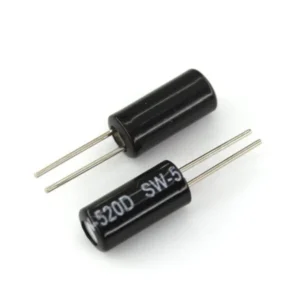
Sensors and Modules
₵4.00 Original price was: ₵4.00.₵2.50Current price is: ₵2.50.
20 in stock

Sensors and Modules
₵10.00 Original price was: ₵10.00.₵6.00Current price is: ₵6.00.
8 in stock
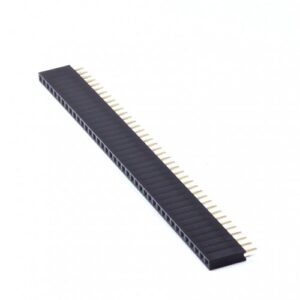
Sensors and Modules
₵5.00 Original price was: ₵5.00.₵3.00Current price is: ₵3.00.
60 in stock
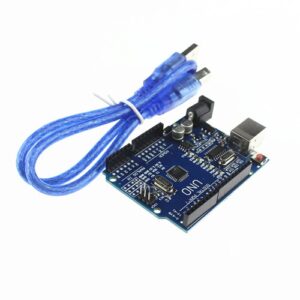
Sensors and Modules
₵135.00 Original price was: ₵135.00.₵101.00Current price is: ₵101.00.
Out of stock

Sensors and Modules
₵165.00 Original price was: ₵165.00.₵135.00Current price is: ₵135.00.
8 in stock
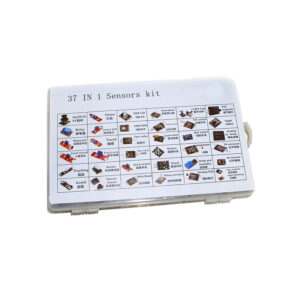
Sensors and Modules
₵320.00 Original price was: ₵320.00.₵245.00Current price is: ₵245.00.
Out of stock
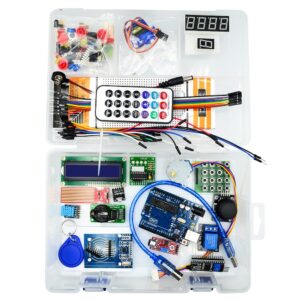
Sensors and Modules
₵500.00 Original price was: ₵500.00.₵435.00Current price is: ₵435.00.
66 in stock
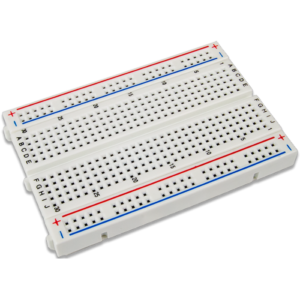
Sensors and Modules
₵16.00 Original price was: ₵16.00.₵13.00Current price is: ₵13.00.
14 in stock

Sensors and Modules
₵1,700.00 Original price was: ₵1,700.00.₵1,600.00Current price is: ₵1,600.00.

Sensors and Modules
₵95.00 Original price was: ₵95.00.₵75.00Current price is: ₵75.00.
10 in stock

Sensors and Modules
₵85.00 Original price was: ₵85.00.₵67.00Current price is: ₵67.00.
4 in stock


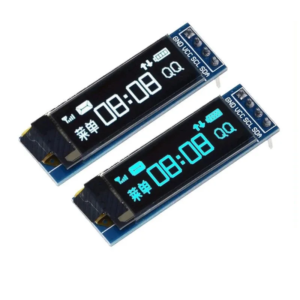
Reviews
There are no reviews yet.